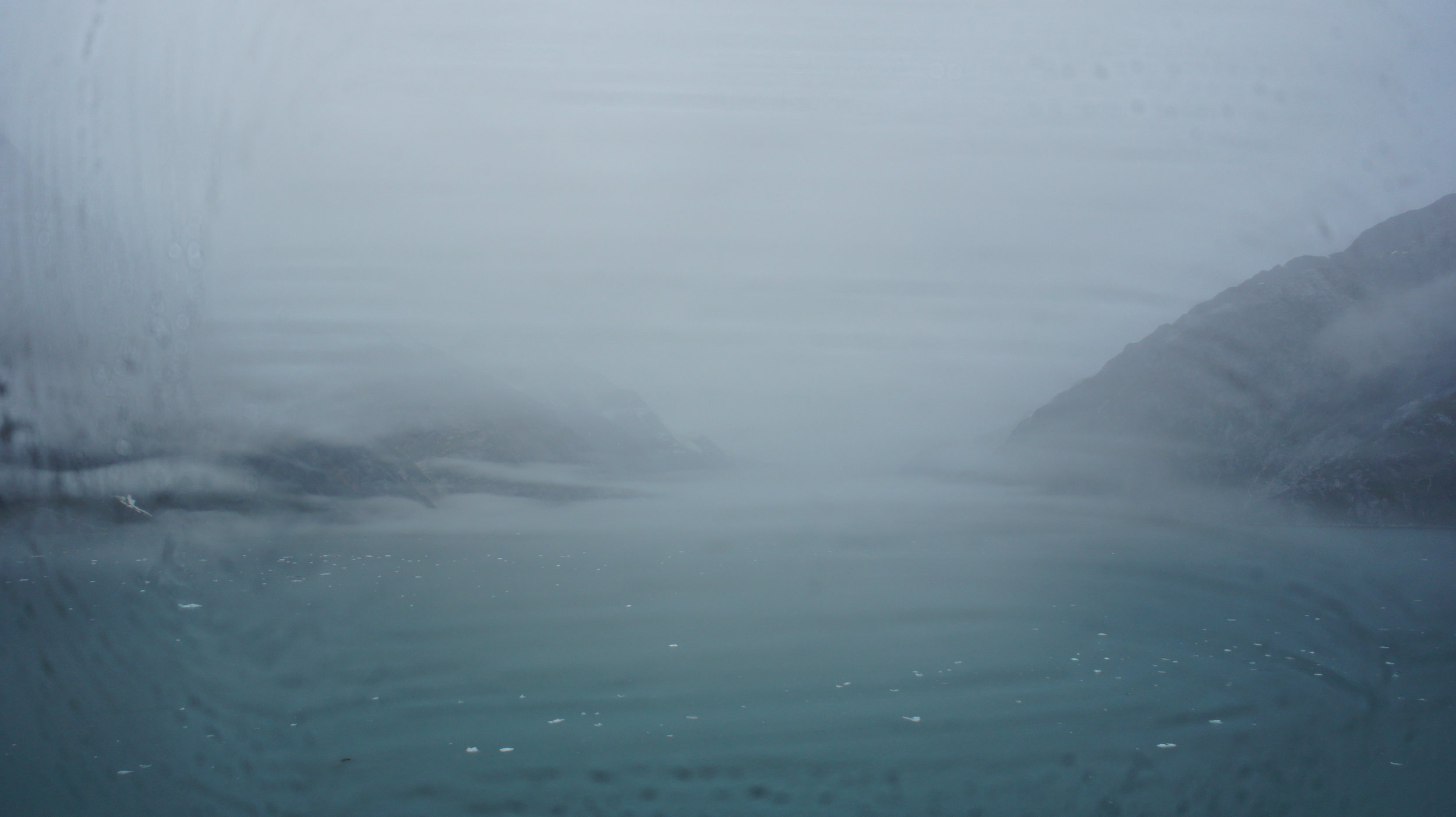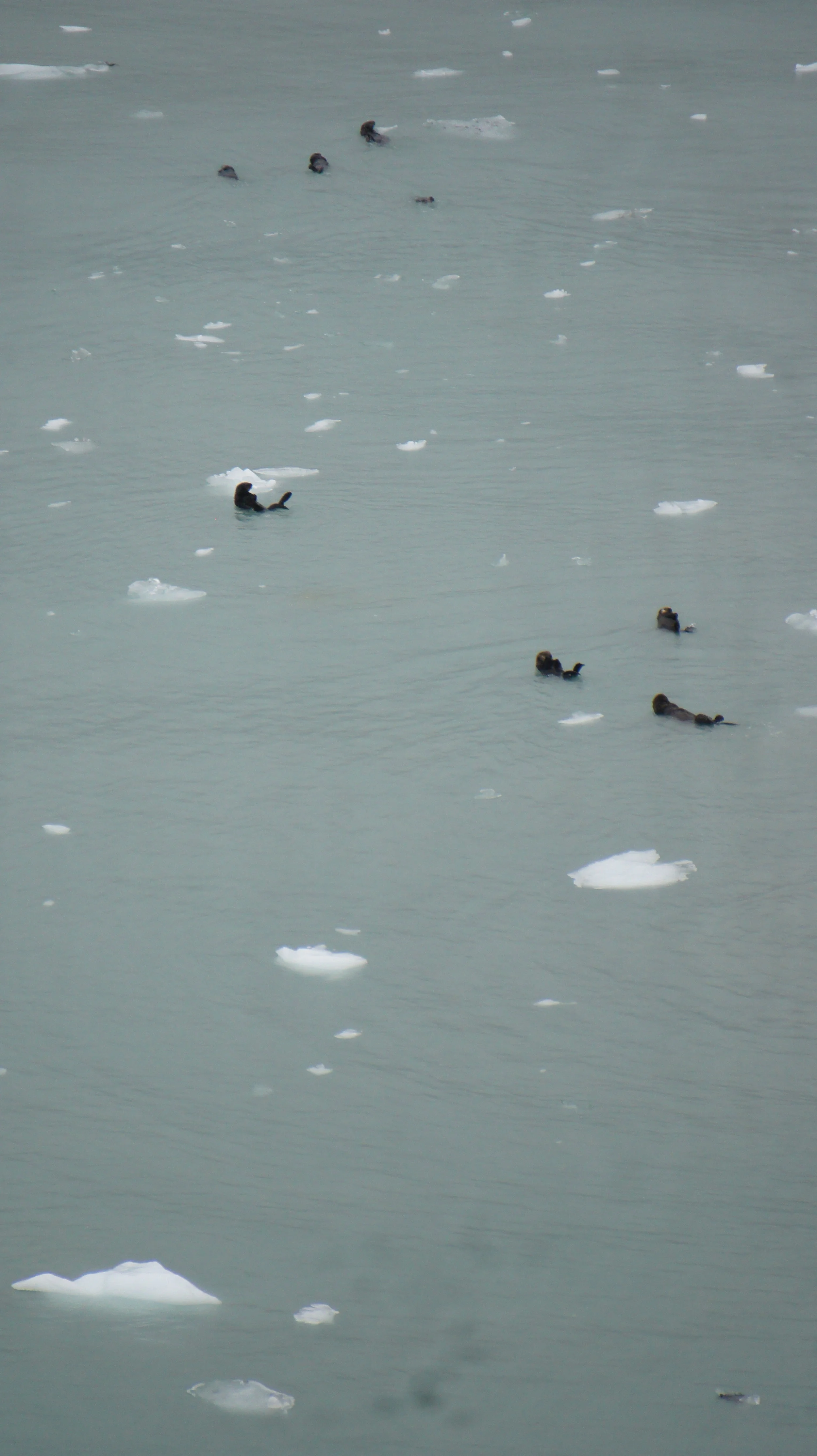Hi.
Hi Everyone thank you for coming to my blog. I am new to blogging and I am learning as I go so please bear with me as I go. Oh yeah and I am dyslexia and some times that comes out in my spelling and yes my grammar. My hope is that my page helps to inspires you to get out and travel but travel smart. Welcome to my blog. I am super exited about this for I love to travel, meet new people, and take photos.
“Travel makes one modest. You see what a tiny place you occupy in the world.” – Gustave Flaubert















































































